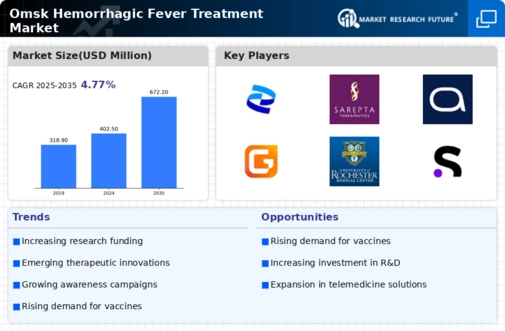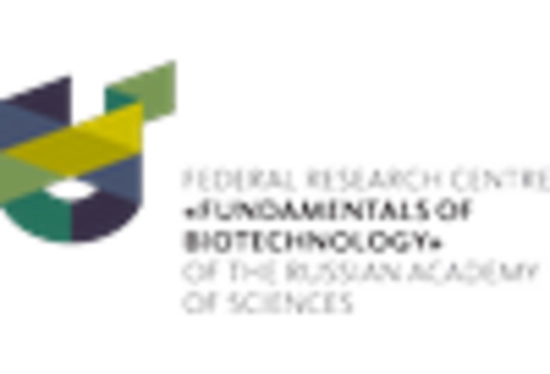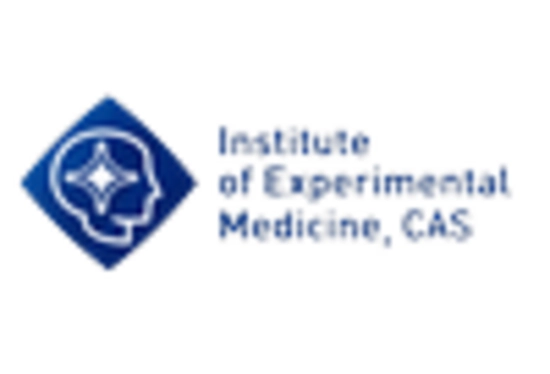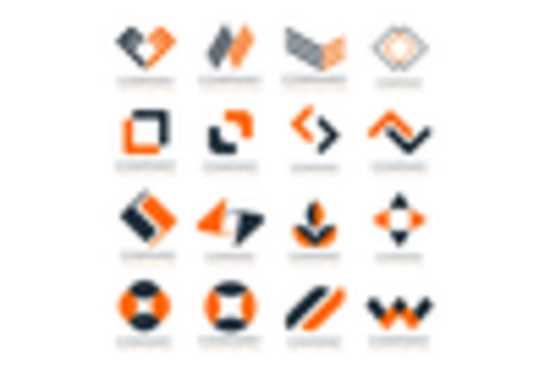Increased Government Funding
Increased government funding for infectious disease research is a significant driver of the Omsk Hemorrhagic Fever Treatment Market. Governments are recognizing the importance of addressing emerging and re-emerging infectious diseases, including OHF. This recognition has led to the allocation of substantial resources towards research initiatives, public health campaigns, and the development of treatment protocols. For instance, funding for vaccine development and clinical trials has seen a marked increase, which could potentially expedite the availability of effective treatments. As governments prioritize public health and safety, the Omsk Hemorrhagic Fever Treatment Market is likely to benefit from enhanced financial support, fostering innovation and improving patient outcomes.
Rising Public Health Awareness
Rising public health awareness regarding Omsk Hemorrhagic Fever is influencing the Omsk Hemorrhagic Fever Treatment Market. Educational campaigns aimed at informing the public about the symptoms, transmission, and prevention of OHF are becoming more prevalent. This increased awareness is likely to lead to earlier diagnosis and treatment, which can significantly improve patient outcomes. Furthermore, as communities become more informed, there may be a greater demand for effective treatment options. Healthcare providers are also becoming more vigilant in recognizing and managing OHF cases, which could drive the need for advanced therapeutic solutions. Consequently, the Omsk Hemorrhagic Fever Treatment Market may experience growth as awareness translates into action.
Advancements in Medical Research
Advancements in medical research play a crucial role in shaping the Omsk Hemorrhagic Fever Treatment Market. Recent breakthroughs in virology and immunology have paved the way for the development of novel therapeutic agents and vaccines targeting OHF. Research institutions and pharmaceutical companies are increasingly collaborating to explore new treatment avenues, which may lead to more effective and safer options for patients. The integration of cutting-edge technologies, such as genomics and proteomics, into research efforts is likely to enhance understanding of the disease and its pathophysiology. As a result, the Omsk Hemorrhagic Fever Treatment Market may witness a surge in innovative products, driven by the need for effective management of this viral infection.
Emerging Therapeutic Innovations
Emerging therapeutic innovations are poised to transform the Omsk Hemorrhagic Fever Treatment Market. The continuous evolution of treatment modalities, including antiviral therapies and supportive care strategies, is essential in managing OHF. Recent developments in drug formulation and delivery systems may enhance the efficacy and safety profiles of existing treatments. Additionally, the exploration of combination therapies could provide synergistic effects, improving patient outcomes. As the medical community seeks to address the challenges posed by OHF, the introduction of innovative treatment options is likely to stimulate market growth. The Omsk Hemorrhagic Fever Treatment Market stands to benefit from these advancements, as they may lead to more effective management of this viral disease.
Growing Incidence of Omsk Hemorrhagic Fever
The rising incidence of Omsk Hemorrhagic Fever (OHF) is a primary driver for the Omsk Hemorrhagic Fever Treatment Market. Recent data indicates that the number of reported cases has increased, particularly in endemic regions. This uptick in cases necessitates the development and availability of effective treatment options. As healthcare systems respond to this growing threat, investments in research and treatment modalities are likely to surge. The increasing burden on healthcare resources due to OHF cases may lead to heightened awareness among healthcare professionals and the public, further driving demand for effective treatments. Consequently, pharmaceutical companies are expected to focus on innovative therapies and vaccines, thereby expanding the Omsk Hemorrhagic Fever Treatment Market.


















Leave a Comment